Curbside Consult with Dr. Jayne 1/9/23
![image[3] image[3]](https://histalk2.com/wp-content/uploads/2023/01/image3-1.png)
I read a number of articles this week that addressed various hot topics about how people spend their time and how employees should be treated.
It was quite ironic that the best thing I saw on Facebook this week was a link to a piece in The Atlantic titled “The Age of Social Media Is Ending.” I have a love/hate relationship with social media depending on how much I feel like I’m being forced to use it versus how much I’m electively using it to keep up with things I care about. I despise it when community organizations (including our local schools) decide that Facebook is the best way to communicate important information. They don’t seem to understand that Facebook isn’t a static place you go to view things, like a bulletin board. The algorithm serves up different things to different people at different times and depending on your settings it’s possible to miss information unless you’re stalking a particular group or page on the daily.
I also dislike the fact that social media posts from individuals have become newsworthy. Outlets like MSN are constantly posting stories about things that people share on TikTok. Often, these stories are about happenings that we’re supposed to find outrageous, but I can’t take any more earnest-appearing people complaining about things that aren’t really that outrageous. I enjoy social media when I see updates from friends I don’t often see or use various groups or forums to get advice about my hobbies. Rather than broadcast to the entire universe on Twitter or Facebook or Instagram, I prefer to be part of smaller platforms that let me connect in a deeper way with my actual friends, like private workspaces on Slack or chats on GroupMe. I still can’t figure out why Twitter thinks I want to see most of the tweets it recommends for me, or what behaviors to exhibit to see content I would actually read.
The piece from The Atlantic talks about the evolution of social media from the early days of collecting friends to the recent explosion of its use as a “latent broadcast channel” where “all at once, billions of people saw themselves as celebrities, pundits, and tastemakers.” Social media has certainly made it more difficult for primary care physicians to do our jobs, with the constant barrage of headlines touting so-called “things your doctor doesn’t want you to know about” and the proliferation of people trying to make a buck with pseudo-medical “wellness” offerings that physicians have to spend time debunking.
The author notes that “as the original name suggested, social networking involved connecting, not publishing.” The evolution to “social media” happened around 2009, according to the article, “between the introduction of the smartphone and the launch of Instagram. Instead of connection – forging latent ties to people and organizations we would mostly ignore – social media offered platforms through with people could publish content as widely as possible, well beyond their networks of immediate contacts.”
The piece notes that the 2006 introduction of Twitter “amounted to a giant, asynchronous chat room for the world.” It goes on to discuss “the data-driven advertising profits that the attention-driven content economy created,” including the influencer economy, where people are essentially paid for sharing marketing messages or for product placements, creating the idea that becoming an influencer “became an aspirational role, especially for young people for whom Instagram fame seemed more achievable than traditional celebrity – or perhaps employment of any kind.”
It talks about the potential decline of social media given the current state of things, and what a remodeling might look like – drawing an analogy from the cultural changes needed to drive a decline in smoking across several decades. The idea that social media could play a smaller role in our lives is an interesting one. Many people check their accounts, feeds, and streams compulsively and I wonder what they would do with all the time they might get back.
Speaking of time, I also enjoyed this read from Forbes: “Companies Fret About Time Theft – But Who’s Taking From Whom?” Time theft has traditionally been defined as the hours when employees do things like managing personal business while on the company clock, or otherwise wasting time that is seen as belonging to their employers. With the rise of remote work, employers have taken to doing things like monitoring laptop use, the time spent in various applications, or the calendars of employees.
The article looks at the idea that time theft can go both ways. It talks about employers who demand work outside of normal working hours, but who don’t provide additional compensation or mandating unpaid training. It notes that “this kind of time theft more often affects marginalized people who are asked to go the extra mile and work harder than others to be considered for advancement opportunities.”
The author describes the pathway by which people who are constantly battling additional demands “grow weary of their work time encroaching so insidiously on their personal time…They lose their desire to shine and they focus on self-preservation instead.” I’ve worked in plenty of organizations like this, including one health system where the IT team was constantly expected to deliver the impossible. The teams sacrificed themselves on the altar of this principal and what resulted was global burnout and the departure of key leaders and high performers from the organization.
The author notes that “Workers shouldn’t feel that their private time can be snatched from them at a moment’s notice for questionable reasons, and that if they balk at putting in those additional hours their chances of advancing in the organization will be compromised.” In my experience, healthcare IT organizations are particularly at risk for this due to the 24×7 nature of our work. When someone has to be on call, it’s easy to reach out to them as opposed to thinking carefully about whether the situation needs to be addressed immediately or whether it can wait until the next business day.
Also in my reading, I came across a number of articles about the proposed end to non-compete clauses. Companies seem to love them, workers hate them, and states have done variable jobs regulating them. Most physicians are subject to non-compete clauses.
When I left the medical practice that I had built from the ground up (literally it was a slab when I started), one of the things the health system used to sweeten the deal was voiding my non-compete clause. I’m not a fan of them, especially in medicine, because they jeopardize the patient-physician relationship. They force employees to decide between uprooting their families and preserving their livelihoods and I’ve seen them hasten the demise of numerous relationships. Employees who feel handcuffed aren’t going to be as productive or successful as those who feel they’re remaining at their employer by choice. The best way to keep an employee from leaving to go work for the competition is to treat them with respect, pay them fairly, and support them.
Those concepts were among the topics at the most recent session of my leadership intensive. The theme of one of the presentations was “What fills your bucket?” We were asked to visualize our psychological bucket and the things that fill or drain it. Your bucket might be filled by support from co-workers, knowledge of a job well done, or completion of a difficult task. It might be drained by an overly demanding boss, stressful working conditions, or a chaotic environment. When people feel forced to remain in situations where they can’t fill their bucket, letting them leave might be the best option for all parties. There are plenty of other things that can fill or drain our buckets, including our own habits. When thinking about social media or time theft or a number of different things, it’s useful to determine the impact they have on our buckets.
What has filled your bucket lately, and what has drained it? Leave a comment or email me.

Email Dr. Jayne.


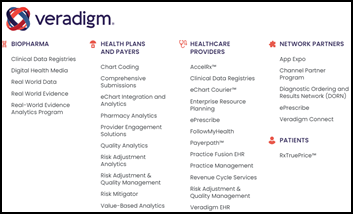

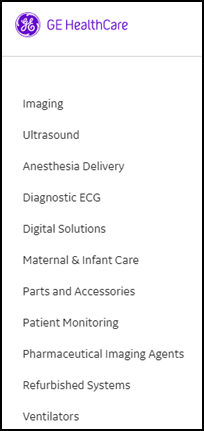

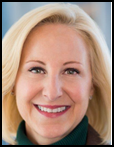



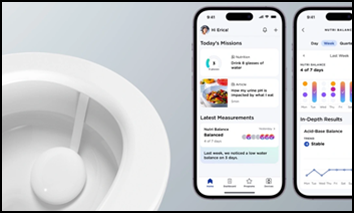




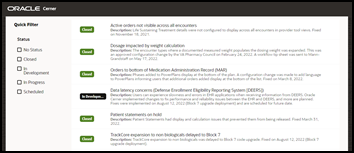

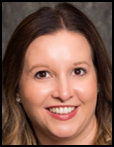
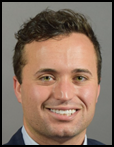
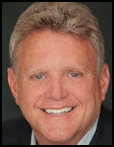

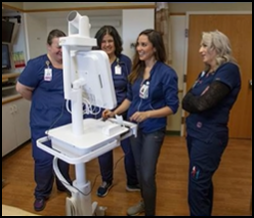

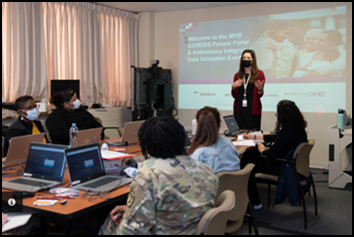























Traditionally Professional Courtesy is something that physicians gave each other - but we had to be careful with it when…